Related Research Articles
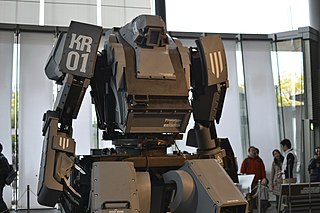
In science fiction, mecha or mechs are giant robots or machines typically depicted as piloted and as humanoid walking vehicles. The term was first used in Japanese after shortening the English loanword 'mechanism' or 'mechanical', but the meaning in Japanese is more inclusive, and 'robot' or 'giant robot' is the narrower term.

A humanoid robot is a robot resembling the human body in shape. The design may be for functional purposes, such as interacting with human tools and environments, for experimental purposes, such as the study of bipedal locomotion, or for other purposes. In general, humanoid robots have a torso, a head, two arms, and two legs, though some humanoid robots may replicate only part of the body. Androids are humanoid robots built to aesthetically resemble humans.
Mechatronics engineering, also called mechatronics, is an interdisciplinary branch of engineering that focuses on the integration of mechanical engineering, electrical engineering, electronic engineering and software engineering, and also includes a combination of robotics, computer science, telecommunications, systems, control, automation and product engineering.

R.O.B. is a toy robot accessory for the Nintendo Entertainment System (NES). It was key to the NES's launch in October 1985, as a redesign of the Family Computer Robot which had been launched in July 1985 in Japan for Famicom. Its short lifespan yielded only two games in the Robot Series: Gyromite and Stack-Up.

ASIMO is a humanoid robot created by Honda in 2000. It is displayed in the Miraikan museum in Tokyo, Japan. On 8 July 2018, Honda posted the last update of Asimo on their official page stating that it would be ceasing all development and production of Asimo robots in order to focus on more practical applications using the technology developed through Asimo's lifespan. It made its last active appearance in March 2022, over 20 years after its first, as Honda announced that they are retiring the robot to concentrate on remote-controlled, avatar-style, robotic technology.
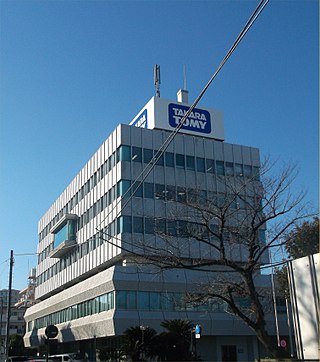
Takara Co., Ltd. was a Japanese toy company founded in 1955. In March 2006, the company merged with Tomy Company, Ltd. to form Takara Tomy. The Takara motto was「遊びは文化」("playing is culture").
Super Robot Wars, known in Japan as Super Robot Taisen, is a series of Japanese tactical role-playing video games produced by Bandai Namco Entertainment, formerly Banpresto. Starting out as a spinoff of the Compati Hero series, the main feature of the franchise is having a story that crosses over several popular mecha anime, manga and video games, allowing characters and mecha from different titles to team up or battle one another. The first game in the franchise was released for the Game Boy on April 20, 1991. Later spawning numerous games that were released on various consoles and handhelds. Due to the nature of crossover games and licensing involved, only a few games have been released outside Japan, and in English. The franchise celebrated its 25th anniversary in 2016, and its 30th anniversary in 2021.

Tetsujin 28-gō, known as simply Tetsujin 28 in international releases, is a 1956 manga written and illustrated by Mitsuteru Yokoyama, who also created Giant Robo. The series centers on the adventures of a young boy named Shotaro Kaneda, who controls a giant robot named Tetsujin 28, built by his late father.
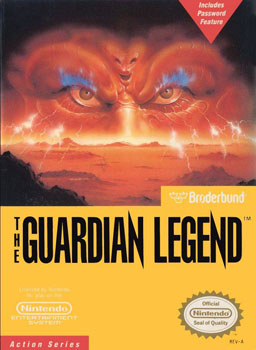
The Guardian Legend is a 1988 hybrid action-adventure/shoot 'em up video game developed by Compile for the Nintendo Entertainment System (NES). It is the sequel to the 1986 MSX game Guardic, and was published and released in Japan by Irem in 1988, in North America by Broderbund in 1989, and in Europe by Nintendo in 1990.

The Mercedes-Benz W221 is a chassis code of the fifth generation S-Class, produced from August 2005 until June 2013. The W221 S-Class was unveiled at the 2005 Frankfurt Motor Show as the successor of the Mercedes-Benz S-Class (W220) and the predecessor of the Mercedes-Benz S-Class (W222).

Actroid is a type of android with strong visual human-likeness developed by Osaka University and manufactured by Kokoro Company Ltd.. It was first unveiled at the 2003 International Robot Exhibition in Tokyo, Japan. Several different versions of the product have been produced since then. In most cases, the robot's appearance has been modeled after an average young woman of Japanese descent.
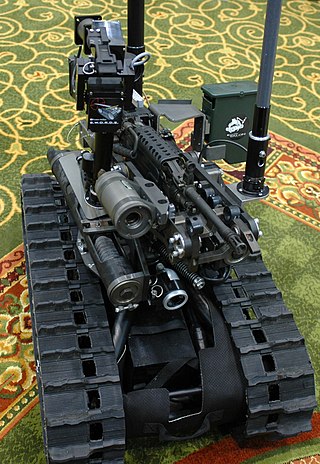
The Foster-Miller TALON is a remotely operated, tracked military robot designed for missions ranging from reconnaissance to combat. It is made by the American robotics company QinetiQ-NA, a subsidiary of QinetiQ.

P.N.03 is a 2003 third-person shooter developed and published by Capcom for the GameCube. Set in a space colony compound, the game follows a female mercenary fighting against berserk robots. It was directed by Shinji Mikami and produced by Hiroyuki Kobayashi. To avoid similarities with Devil May Cry and Resident Evil, the game designers emphasized defensive and rhythmic maneuvers and a "feminine" game world.

In Japan, popular robots include humanoid entertainment robots, androids, animal robots, social robots, guard robots, and many more. Each type has a variety of characteristics.
Sonic Riders: Zero Gravity is a hoverboard racing video game developed by Sonic Team and published by Sega for the PlayStation 2 and Wii. It is the fifth pure racing game in the Sonic the Hedgehog series, and the second entry in the Sonic Riders trilogy, a spin-off of the main series.
Tomotaka Takahashi is a Japanese roboticist and founder of Kyoto University's ROBO-GARAGE since 2018. Takahashi creates humanoid robots known for their smooth, fluid motions and sleek appearance. Having built many humanoid robots entirely by himself, from simple concepts to production, Takahashi's designs have been featured in several art exhibitions celebrating the creation of Astroboy, Time Magazine's Coolest Inventions of 2004, and promotions for Bandai, Panasonic, and Pepsi. He has also worked with toy companies to produce relatively inexpensive robots for the hobby market, including those for Kyosho.

Heavy Metal Thunder is an action game developed by Media.Vision and published by Square Enix for the PlayStation 2 console. It was released in Japan exclusively. Production companies Satelight and How Full's participated in the creation of the game.
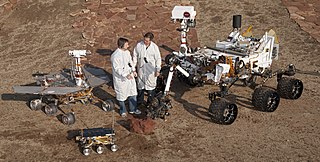
Robotics is the interdisciplinary study and practice of the design, construction, operation, and use of robots.
Toyota concept vehicles are transportation devices manufactured or designed by automobile company Toyota from 2000 to 2009. As their name suggests, these vehicles were concepts, and, as such, many were never released to dealerships. Many were developed in conjunction with other corporations such as Sony or Subaru.
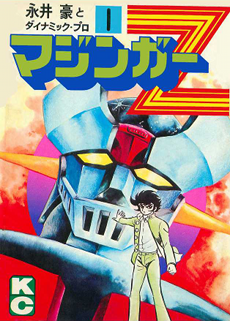
Mazinger Z is a Japanese super robot manga written and illustrated by Go Nagai. It was originally serialized in Shueisha's Weekly Shōnen Jump from October 1972 to August 1973 and Kodansha's TV Magazine from October 1973 to September 1974.
References
- ↑ "The Roborior". Engadget. 2004-12-08. Retrieved 2011-01-14.
- ↑ Christine Lagorio (2005-08-23). "Meet Roborior, House-sitting Robot". CBS News. Retrieved 2011-01-14.
- ↑ Kageyama, Yuri (2005-06-01). "Roborior acts as interior decor, guard dog". Usatoday.Com. Retrieved 2011-01-14.